Features of Universal Silicone Sealant
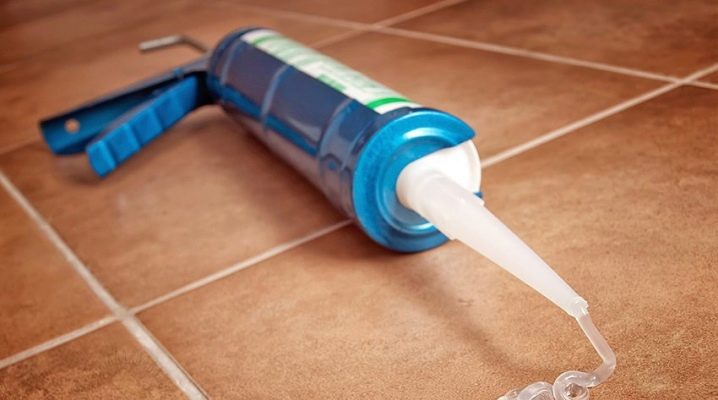
Very few years have passed since then, when putty, bituminous mixtures and self-made mastics were used to fill cracks, joints, seams, for gluing and aligning. The emergence of a substance such as a silicone sealant immediately solved a lot of problems due to its versatility.

Peculiarities
Silicone sealant is a dense, viscous antibacterial and elastic hydrophobic mass. Sealants are environmentally friendly mixtures that are safe for human and domestic animal health.
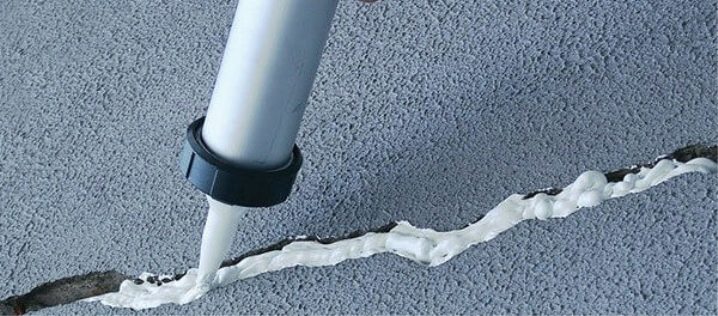
Here are some of the main characteristics:
- temperature mode of use from -40 to + 120 ° С (for heat-resistant types up to + 300 ° С);
- can be used outdoors - resistant to UV rays;
- high degree of hydrophobicity;
- highly adhesive to basic types of surfaces;
- ambient temperature during application from +5 to + 40 ° С;
- retains its state of aggregation at a temperature difference from -40 ° С to + 120 ° С;
- can be used at temperatures from -30 ° C to + 85 ° C;
- storage temperature: from + 5 ° С to + 30 ° С.
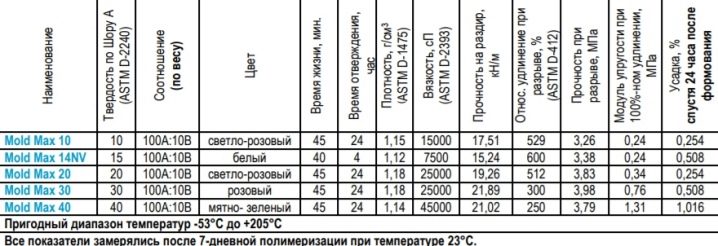
Composition of silicone sealant:
- silicone rubber is used as a base;
- the amplifier provides a level of viscosity (thixotropy);
- a plasticizer is used to give elasticity;
- the vulcanizer is responsible for changing the initial properties of the pasty form into a more plastic, rubbery one;
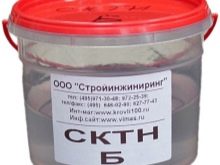

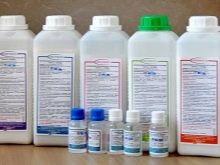
- the dye is used for aesthetic purposes;
- fungicides - antibacterial substances - prevent the development of mold (this property plays an important role in rooms with high humidity);
- Various quartz-based additives are used to increase adhesion.
Table of approximate volume calculations.
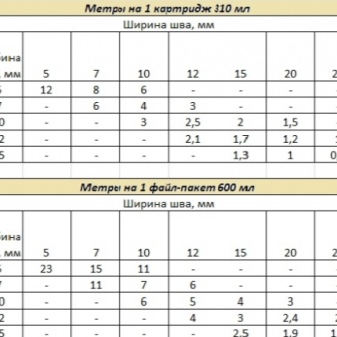
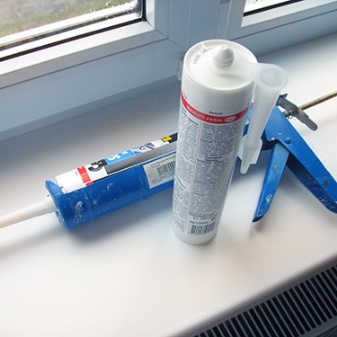
Here are some of the negative aspects of using sealants:
- it is ineffective to process wet surfaces;
- if the color is not added initially, some types of sealants cannot be painted;
- poor adhesion to polyethylene, polycarbonate, fluoroplastic.
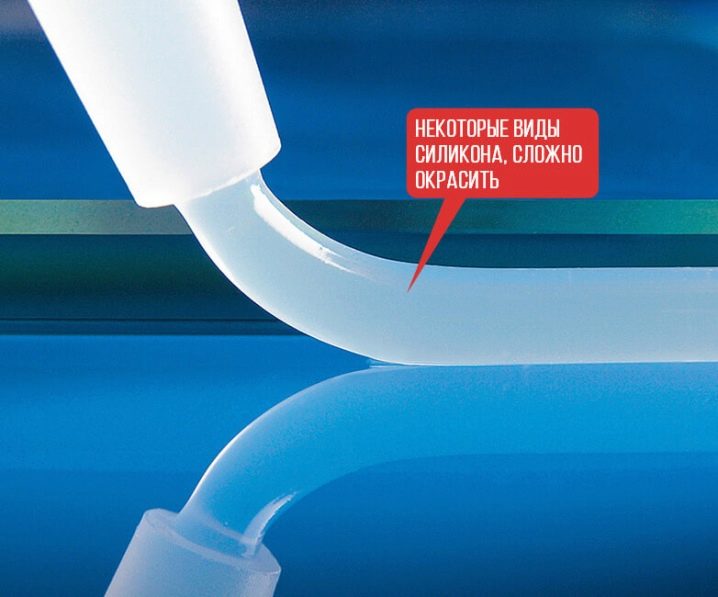
There are several areas where silicone sealants are used:
- when insulating drainpipes, when repairing roofs, siding;
- when closing the joints of plasterboard structures;
- when glazing;
- when sealing openings of windows and doors;
- during plumbing work in bathrooms and other rooms with high humidity.
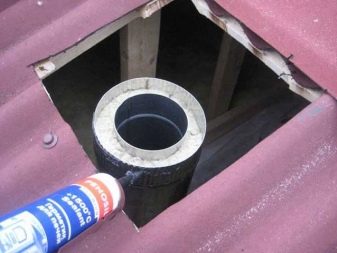
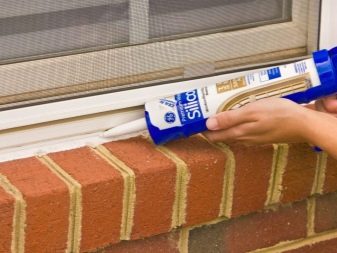

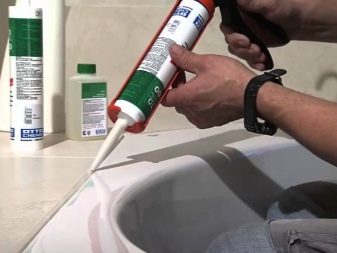
Views
Sealants are divided into one-component and two-component.
One-component are classified by type:
- alkaline - based on amines;
- acidic - based on acetic acid (for this reason, it is not recommended to use them in combination with cements and a number of metals due to the corrosiveness of such sealants);
- neutral - based on ketoxime, or alcohol.
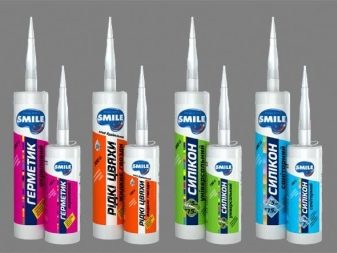
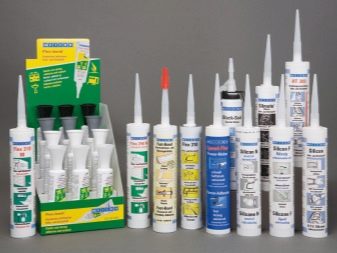
The composition of such sealants, as a rule, includes various additives:
- dyes;
- mechanical fillers to increase the adhesive properties;
- extenders for lowering the viscosity;
- fungicides with antibacterial properties.
Two-component sealants (also called silicone compounds) are less popular and more varied. They are mixtures used only for the needs of industry. Nevertheless, if desired, they can be purchased in regular retail chains. They are characterized by the fact that their layer can be of unlimited thickness, and they are cured only by a catalyst.
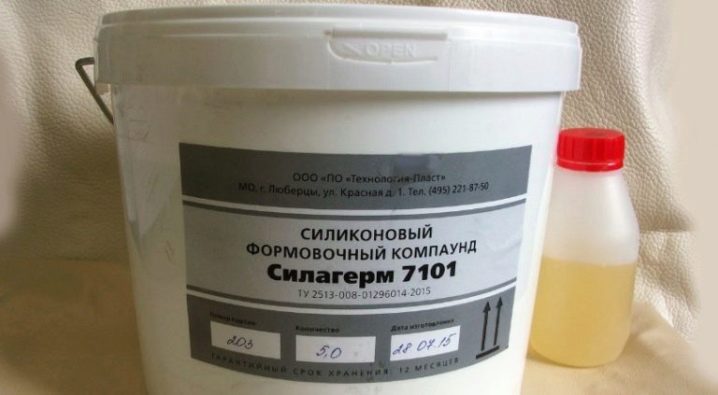
Sealants can also be divided according to the area of their highly specialized application.
- Automotive. Used for car repairs as a temporary replacement for rubber gaskets. Chemically resistant to engine oils, antifreezes, but not gasolines. They have a low degree of fluidity, short-term refractory (up to 100 310 0С).
- Bituminous. Mostly black. They are used in repairs and assemblies of various parts of buildings and structures. Also used when laying drainage systems.
- Aquariums. Used in aquariums. Usually colorless, highly adhesive. They connect and seal the joints of the surfaces of aquariums and terrariums.
- Sanitary. One of the components is a biocide - an antifungal agent. They are used in plumbing. Usually these are white or transparent sealants.
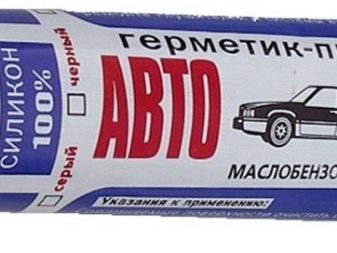
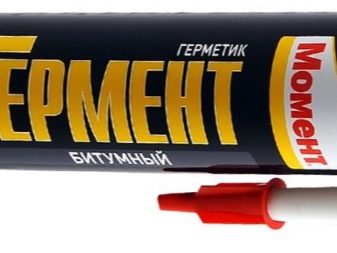

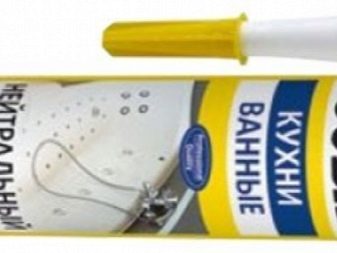
Composition and components of sealants
First of all, you should evaluate the proportions of the components.
The sealant should consist of:
- silicone - 26%;
- rubber mastic - 4-6%;
- thiokol / polyurethane / acrylic mastic - 2-3%;
- epoxy resins - no more than 2%;
- cement mixtures - no more than 0.3%.
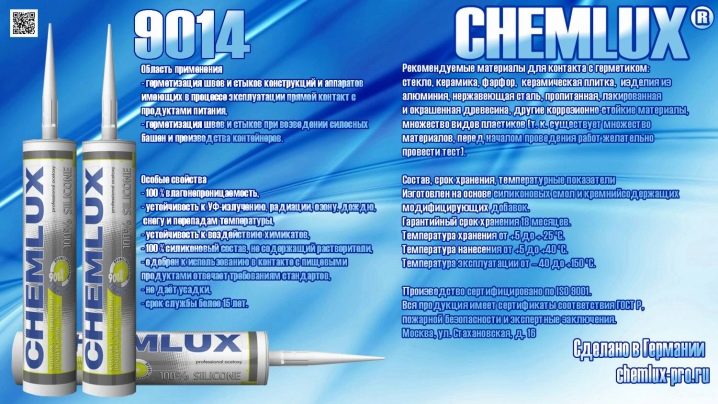
It is important to note: low quality silicone, if its density is less than 0.8 g / cm.
Cleaning surfaces from sealant residues
Excess sealant can be removed from the surface using:
- white spirit (until the sealant has hardened);
- special flushing agent (it will completely dissolve the sealant);
- soaps and rags;
- knife or putty knife (with some risk of surface damage).

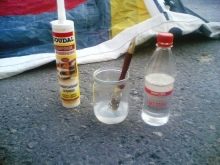
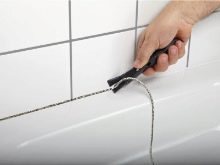
The rule applies to all points: only a layer of insignificant thickness will be able to dissolve or erase. In all other cases, you will have to resort to point 4.
Sealing seams: step by step instructions
When sealing joints, we recommend the following sequence of actions:
- we clean the area of work from all contaminants and dry it (metal surfaces are additionally degreased);
- insert a tube with sealant into the silicone gun;
- we open the package and screw on the dispenser, the cross section of which is determined by cutting off the tip, depending on the required width and volume of the seam;
- when it comes to processing decorative parts, we protect them with masking tape from accidental ingress of sealant;
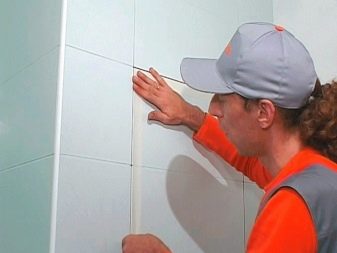

- apply the sealant slowly in an even layer;
- after the end of the seams, remove the masking tape;
- immediately after the end of the application, remove the unnecessary sealant with a damp material until it has hardened.
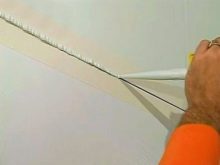
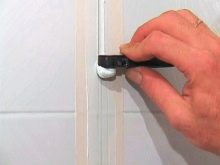
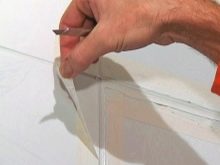
The cure of the sealant depends on various conditions: type, layer thickness, humidity, ambient temperature. The seam surface hardens in about 20-30 minutes, which does not mean that the seam is fully ready for use. As a rule, the time for complete solidification is 24 hours.
Safety rules
When working with silicone sealant, be sure to adhere to the following recommendations:
- it should be stored under medium temperature conditions;
- keep away from children;
- the shelf life is indicated on the package;
- contact of silicone in the eyes and on the skin is not recommended, the place of contact should be immediately rinsed with cold water;
- if an acid-based sealant is applied that emits acetic acid vapors during operation, then individual PPE (respirator, gloves) should be used, and the room should be thoroughly ventilated to avoid irritation of the mucous membrane.
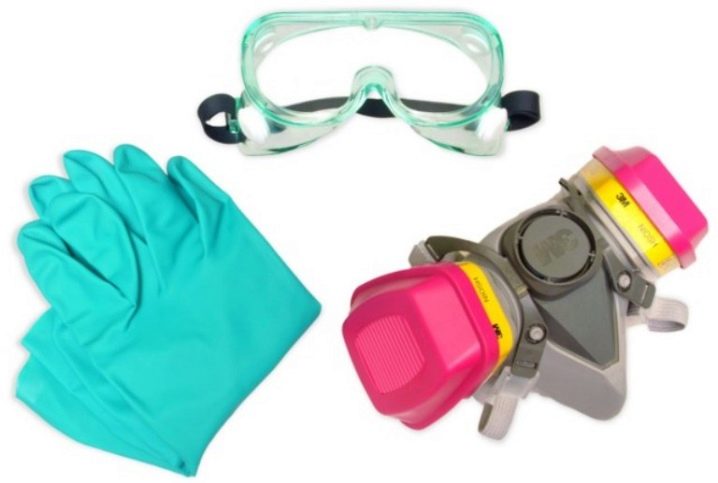
Silicone Sealant Buyers Tips
Of course, it is better to give preference to reputable and proven brands of manufacturers, such as Hauser, Krass, Profil, or Penosil. The most common packaging options are 260 ml, 280 ml, 300 ml tubes.
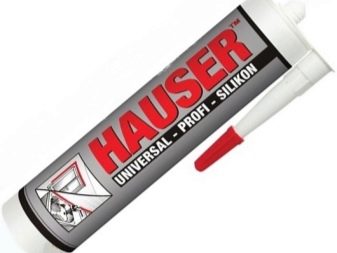
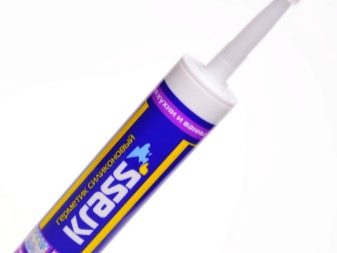


When choosing between "universal" or "special" compounds, give preference to the second option if you have an idea of the surface material where this substance will be used.
Please note that specialized sealants are not as flexible as neutral ones.
How to work with sealant without using a special gun is described in the video.













The comment was sent successfully.